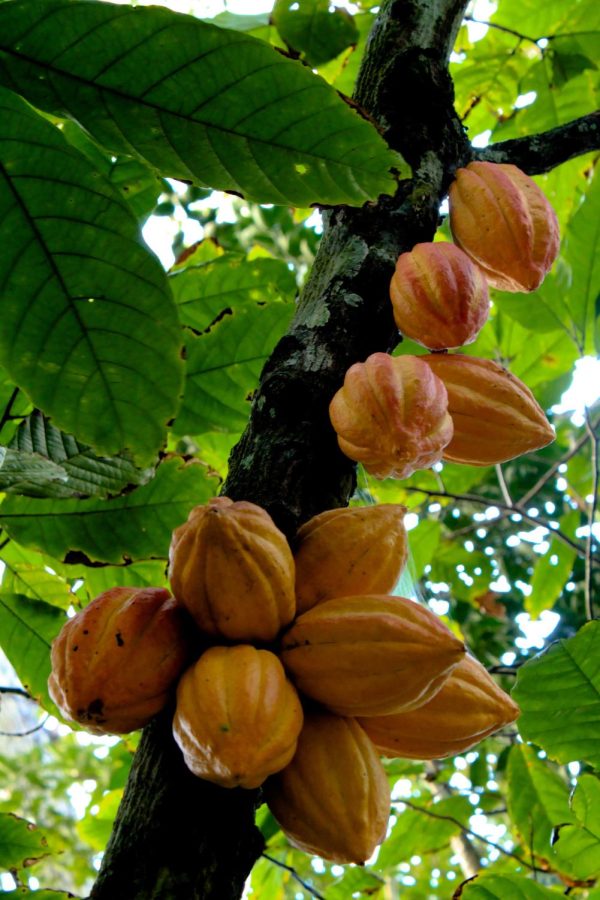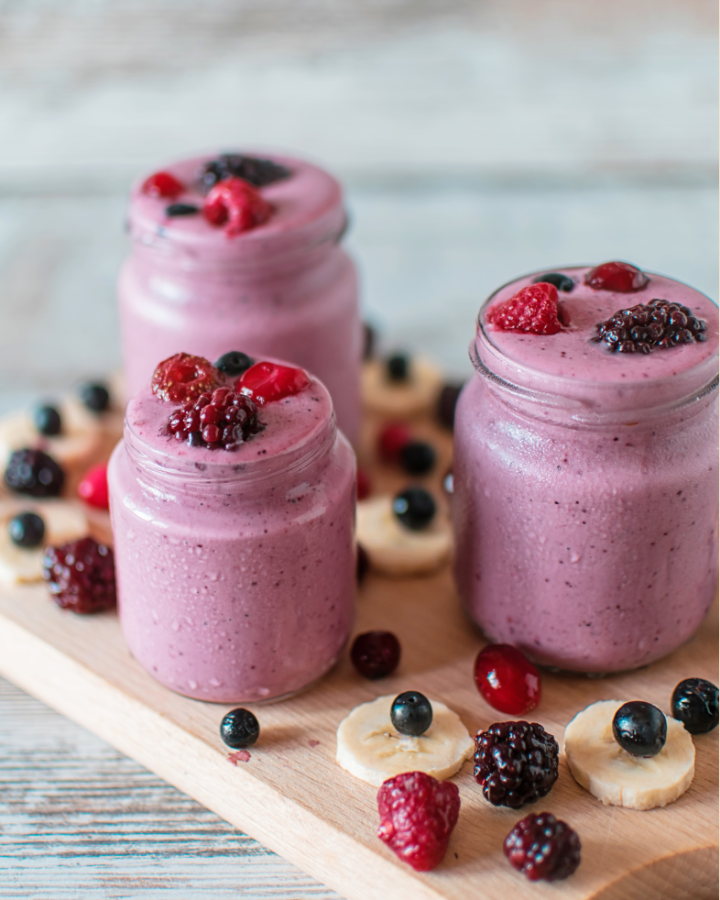The Perfect Smoothie
Creating the perfect smoothie is difficult. One wrong ingredient makes your smoothie an unhealthy disaster. A bunch of greens can also make your smoothie taste like fresh lawn clippings. Crafting a healthy smoothie that also tastes good doesn’t need to be such a challenge. Choosing whole fruit and vegetables, low-fat yogurts, and fiber-rich foods will create a healthy frozen treat with an array of vitamins, minerals, and antioxidants. Smoothies can help you achieve a variety of goals. They can aid in weight loss, weight gain, detoxification of the body, prevention of dehydration, and more. Whatever your goal is, liquid calories are the way to go!
Begin with the liquid for your smoothie. The liquid component will help keep you hydrated and pull your shake altogether. There are many opinions you can use for your liquid, but it’s important to choose wisely. Adding 2% milk to your smoothie might seem like a great idea since your local coffee house swears by its recipes. However, just one cup of 2% milk in your smoothie adds 2.4 grams of fat. It’s also recommended to avoid liquids with lots of sugar like fruit and vegetable juices. Instead try adding water, coconut water, herbal tea, and non-dairy milk! These ingredients are a great way to provide a good liquid for your smoothie that doesn’t cover up the flavors included in your base and help boost the nutritional value.
Next, add your base. The base is the most important element of a smoothie because it is the foundation of nutrition. The best base is made up of whole fruits and vegetables. Antioxidants are very beneficial to our bodies because they help prevent heart disease, cancer, and other diseases by protecting cells against free radicals. Fruits and vegetables that are high in antioxidants include blueberries, strawberries, raspberries, spinach, and kale. Low-sugar fruits are difficult to find since most of them have lots of natural sugars. Lemons, raspberries, blackberries, kiwis, oranges, and watermelon can all make your smoothie taste sweet without harming your overall health. Lastly, add greens like kale, spinach, romaine, or arugula for added fiber intake, vitamins, and minerals. The more you can add the better but too many greens can make a smoothie taste very bland.
The last step to your smoothie is a thickener and some extras! Bananas are a great add-in for a smoothie thickener. However, they pack a hefty amount of carbs, sugars, and a distinct taste. Alternatives such as Cauliflower Rice, Chia Seeds, or Zucchini can be healthier thinking agents for your smoothie and won’t mask the taste of your base. Protein, nuts, seeds, supplements, and herbs are extra add-ins that can boost the nutritional value of your smoothie. If the extra calories won’t harm your goal, fatty nuts, seeds, nut butter, full-fat yogurts, and avocados can increase nutrient density. The bottom line is to not add extras that counter the goal of your smoothie. When making your smoothie, gather the nutritional information of the ingredients before they are blended, then add the numbers up for your smoothie’s nutritional information. Use the recipes provided below as guides, feel free to sub in different ingredients where needed, just make sure to readjust the nutrition information.
Blueberry Kale Weight Loss Smoothie
| Ingredients
1 cup of Water ½ cup of Blueberries 1 tablespoon of Chia Seeds ⅓ cup of Kale ⅓ cup of Greek Yogurt |
Nutrition
115 Calories 11 grams of Protein 3 grams of Fat 15 grams of Carbohydrates |
Strawberry Spinach Weight Gain Smoothie
| Ingredients
1 cup of Almond Milk ¾ cup of strawberries ¾ cup of Spinach ⅓ cup of Whole Milk Yogurt ¼ cup of Dates |
Nutrition
164 Calories 4 grams of Protein 3 grams of Fat 32 grams of Carbohydrates |
Berry Brainy Smoothie
| Ingredients
1 cup of Green Tea 1 cup of Mixed Berries 1 cup of Mixed Greens 2 tsp of Flaxseeds ¼ cup of Walnuts |
Nutrition
269 Calories 7 grams of Protein 21 grams of Fat 19 grams of Carbohydrates |
Wake Up Wonderful Smoothie
| Ingredients
1 cup of Water 1 cup of Watermelon ½ cup of Kale ⅔ cup of Greek Yogurt 1 tsp of Ginger ½ tbsp of Honey 1 tbsp of Nut Butter ¼ cup of Oats |
Nutrition
184 Calories 3 grams of Protein 3 grams of Fat 29 grams of Carbohydrates |
Works Cited
Dr. Greger. “Smoothies.” NutritionFacts.org | The Latest Nutrition Related Topics, nutritionfacts.org/topics/smoothies/
Hill, Ansley. “Are Smoothies Good for You?” Healthline, 11 May 2020, www.healthline.com/nutrition/are-smoothies-good-for-you#bottom-line.
Masters, Tess, and Becky Krystal. “How To Make Better Smoothies At Home.” The Washington Post, 30 Mar. 2018, www.washingtonpost.com/graphics/2018/voraciously/how-to-make-a-smoothie/.
Stoker, Darla, and Carrie Durward, PhD, RD. “Smoothies – Helpful or Harmful?” DigitalCommons@USU | Utah State University Research, Feb. 2018, digitalcommons.usu.edu/cgi/viewcontent.cgi?article=2856&context=extension_curall.
WebMD Editorial Contributors. “Smoothies: Are They Good for You?” WebMD, 16 Oct. 2020, www.webmd.com/diet/smoothies-good-for-you.
Your donation will support the student journalists of Point of Discovery School. Your contribution will allow us to purchase equipment and cover our annual website hosting costs.

Boyd is a 16-year-old junior from Stevens Point, WI. One word to describe Boyd is perfection. He is always working hard in school to achieve his goal of...



















